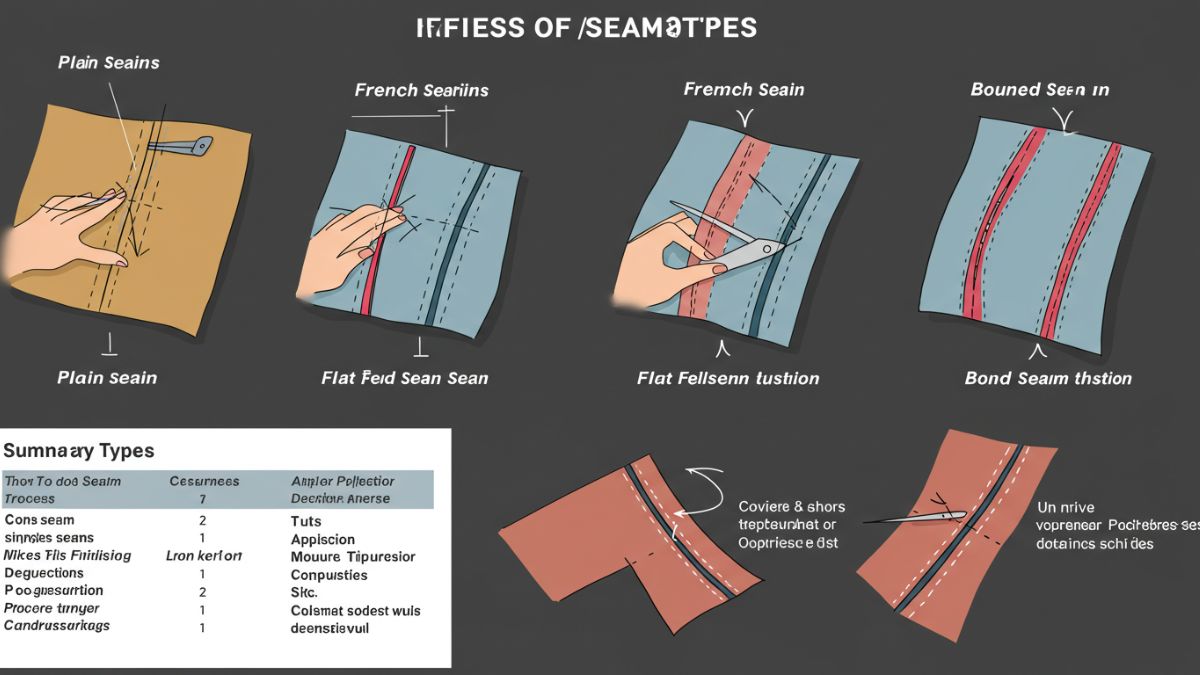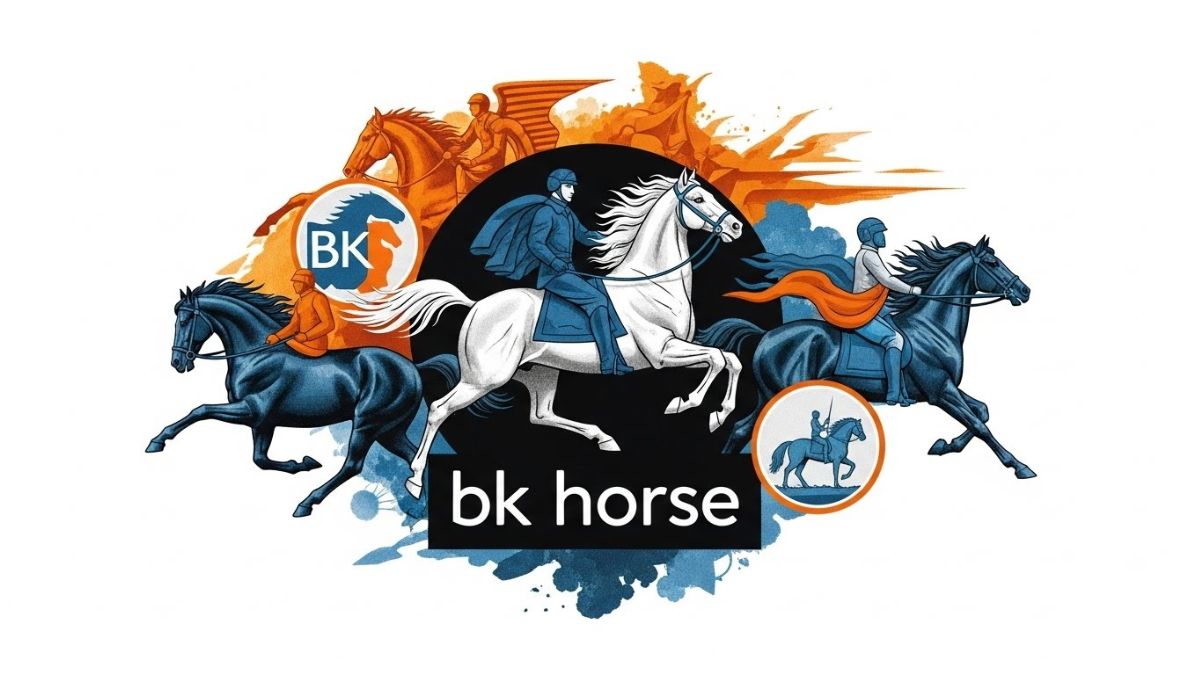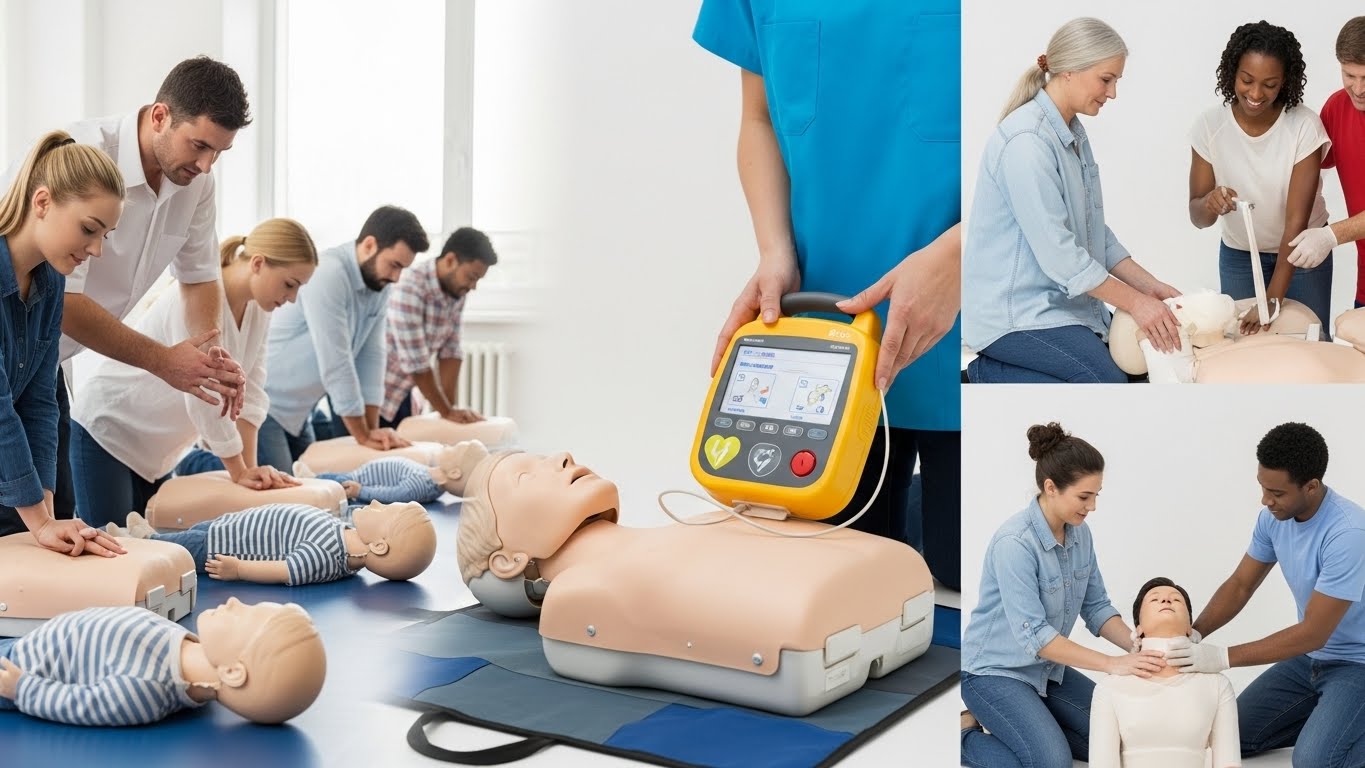When it comes to sewing, it’s not just about joining pieces of fabric together, but also about how that connection looks, how durable it is, and what purpose it serves. This is where nahttypen (seam types) come into play. Each seam has its own function – some are designed for strength, others for flexibility, and some purely for decorative purposes. Choosing the right seam type can make the difference between a simple handmade project and a professional-quality finish.
What Does Nahttypen Mean?
The word nahttypen refers to the different seam types used in sewing and textile production. The choice depends on several factors: whether the seam needs to be stretchy, whether it should hide fabric edges neatly, or whether it is meant to stand out as a design feature. Even before stitching begins, knowing which seam will be used helps determine the cutting method and ensures the best possible results.
Why Seam Types Matter
The importance of seam types cannot be overstated. They influence:
-
Durability – Jeans require much stronger seams than lightweight curtains.
-
Comfort – Flat and elastic seams prevent irritation in sportswear.
-
Appearance – Some seams are nearly invisible, while others highlight the design.
A garment with the wrong seam type may lose its shape, feel uncomfortable, or look unfinished.
Common Nahttypen and Their Uses
1. Straight Stitch Seam
The straight stitch is the most basic and widely used seam. It holds fabric layers together firmly and is ideal for woven fabrics.
Where it’s used: Shirts, pants, table linens.
2. Flat-Felled Seam (Kappnaht)
This seam is strong and durable, making it a favorite for jeans and workwear. Since it encloses raw fabric edges, it looks neat on both sides.
3. Zigzag Seam
One of the most versatile nahttypen, the zigzag seam is great for preventing fraying and adds elasticity. It’s especially useful for stretchy fabrics like jersey.
4. Overlock Seam
Created with a special overlock machine, this seam trims, sews, and finishes edges all in one step. It’s common in modern clothing production and gives garments a professional look.
Where you’ll see it: T-shirts, activewear, and mass-produced garments.
5. French Seam
The French seam is elegant and neat, enclosing raw edges within the fabric. It’s perfect for delicate textiles like silk, chiffon, or organza.
Advantages:
-
Clean finish inside and out
-
Extra durability
-
Suitable for high-quality garments
6. Flatlock Seam
Known for its flat and smooth appearance, this seam is popular in sportswear. It reduces skin irritation and allows for stretch, making it comfortable for movement.
Decorative Seam Types
Not all nahttypen serve only functional purposes. Decorative seams such as topstitching, embroidery seams, or contrasting thread stitches are often used to add style and uniqueness. They can transform a plain garment into a statement piece.
Historical Perspective on Seam Types
Throughout history, different seam techniques have been essential in clothing construction. Hand-sewn stitches such as backstitch, cross-stitch, or whipstitch were common before machines existed. Even today, these traditional seam types are used in folk costumes, embroidery, and handmade crafts.
Modern Innovations in Seam Types
With advancements in technology, sewing has moved far beyond traditional stitches. Today, innovative seam types include:
-
Ultrasonic seams – fabric joined without needles or thread.
-
Heat-sealed seams – common in outdoor jackets and waterproof clothing.
-
Eco-friendly seams – developed for sustainable fashion, using recycled threads or special techniques that allow easy recycling of garments.
These modern nahttypen combine functionality with sustainability.
How to Choose the Right Seam Type
When deciding which seam to use, consider these factors:
-
Fabric – Stretchy fabrics need elastic seams, while sturdy fabrics require strong stitches.
-
Purpose – Should the seam be hidden, decorative, or heavy-duty?
-
Tools available – Some seams can be sewn with any sewing machine, while others need specialized equipment.
By keeping these aspects in mind, both beginners and professionals can achieve high-quality, long-lasting sewing results.
Conclusion
The variety of nahttypen shows that sewing is much more than simply attaching fabric pieces. From the basic straight stitch to advanced overlock and flatlock seams, each type serves a distinct purpose. Knowing the differences helps improve durability, comfort, and aesthetics in clothing and textile projects.
Whether for fashion, home décor, or creative crafts, choosing the right seam type is always a key step toward a polished and professional finish.











